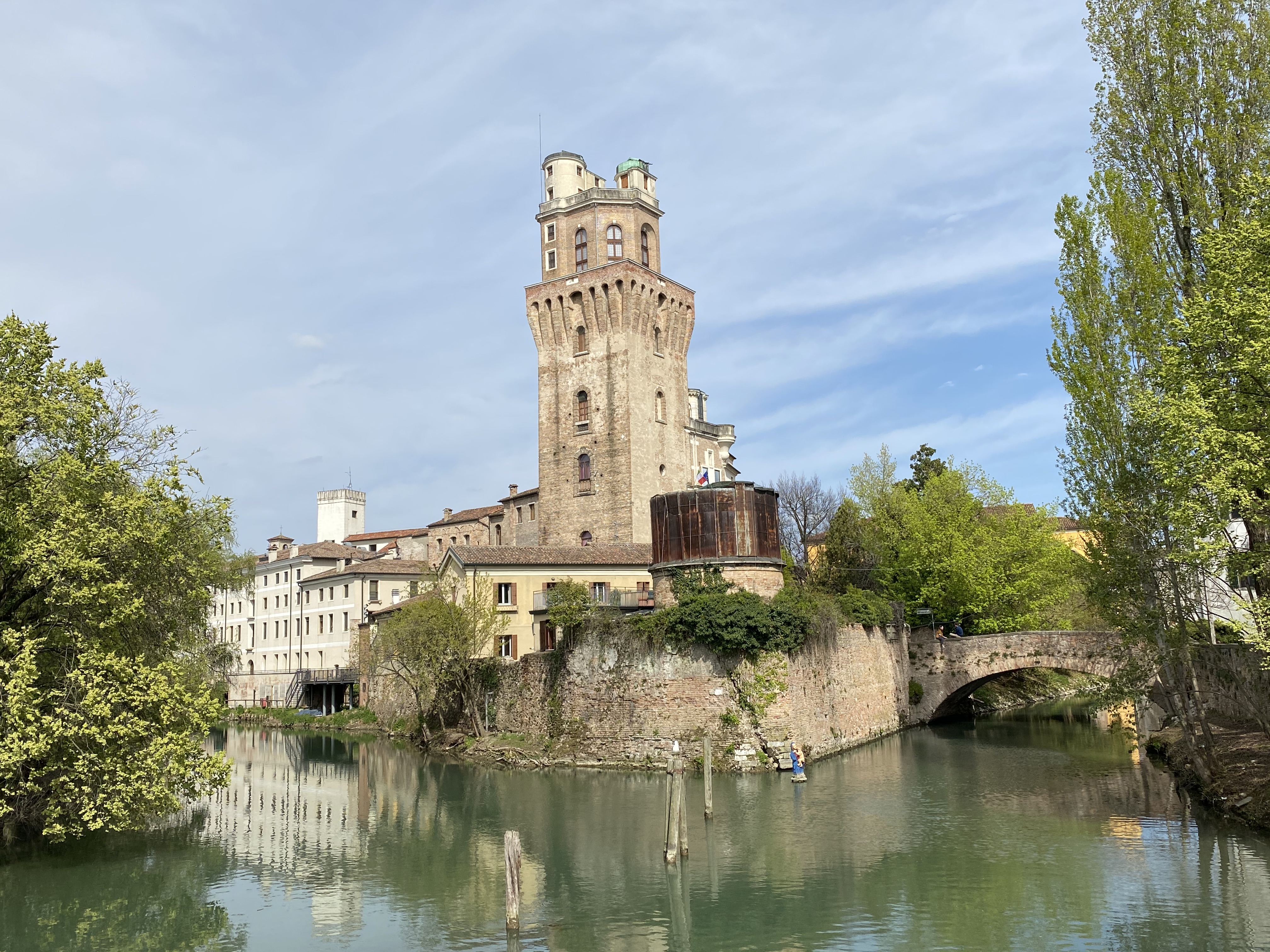An ancient city, cradle of universities and trade, located in the Veneto region in north-eastern Italy, it has always had a focus on art, culture and science.
Padua (Italian: Padova, Latin: Patavium, Venetian: Padoa) is better known as the city of St. Anthony and it is one of the most important art cities in Italy. It is the capital of Padova province and the economic and communications hub of the province. Padua’s population is 209’954 (2023).

Padova stands on the Bacchiglione River, and Brenta river (which once passed inside the city) still touches northern districts, 40 km west of Venice and 29 km southeast of Vicenza. Its agricultural setting is the Pianura Veneta, the “Venetian plain”, to the city’s south west lies the Euganaean Hills, praised by Lucan and Martial, Petrarch, Ugo Foscolo, and Shelley.
The city is picturesque, with a dense network of arcaded streets opening into large communal piazze, and many bridges crossing the various branches of the Bacchiglione, which once surrounded the ancient walls like a moat.
Padova is the setting for most of the action in Shakespeare’s The Taming of the Shrew.
A city to be discovered on foot or by bicycle, with slowness and curiosity. A city with numerous attractions that are often little known: because apart from the Scrovegni Chapel, where Giotto painted one of his masterpieces, few people know all the museums, gardens, churches and monuments that Padua offers. This is why setting out to discover it can be a pleasant surprise.
Here are some highlights:

